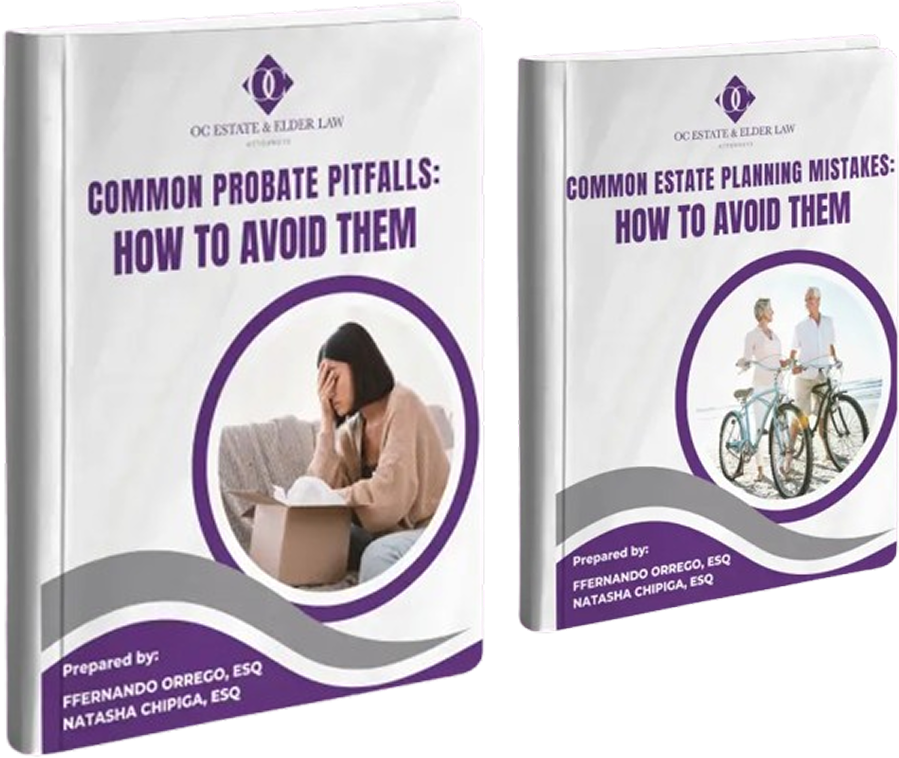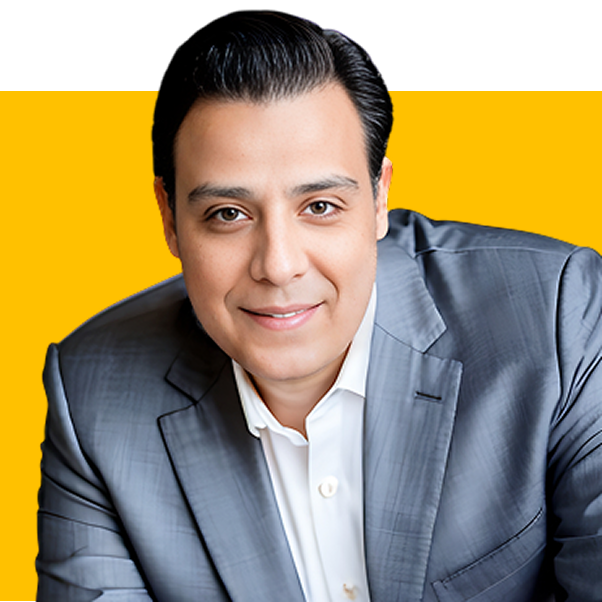Happy new year! We are well into January, and if you are like most people, you’re probably struggling to keep those new-you resolutions to lose weight, quit smoking or change some other harmful habit. (If you drive past your new gym to get to the donut shop, you are probably not going to win the fight.) But there is one resolution you can make that will pay rewards for years to come: Getting your estate plan in shape.
Do your estate documents need to be slimmed down or pumped up? Have they gotten lazy about protecting your assets? Are they hanging around with the wrong beneficiaries? It may be time to consult an estate-fitness trainer.
Any goal-setting expert will tell you the secret to success lies in listing the specific steps you need to take to achieve the desired results. So here are the Seven Essential Steps to Success in Estate Planning:
1. Set Up a Living Trust and a Last Will and Testament
Yes, you need both. Having only a Last Will and Testament (“Will”) is better than nothing. If you do not have a Will, the State of Florida will decide who gets your assets. (Translation: Everything could go to your no-good brother just because he is your next-of-kin.)
But a Will still has to go through probate so Florida can make sure everything is in order, which delays the inheritance.
That is why you also need a Living Trust. Both documents spell out what happens to your possessions after you die; with a Living Trust, the transfer can occur almost immediately. But this document also sets out a plan if you are incapacitated but still alive. Without it, if you are seriously ill or injured so you cannot make your own decisions, your no-good brother could have control over all your money and property.
2. Assign a Durable Power of Attorney
What if you become ill or injured and can no longer go the bank on your own? Or pay your bills because you are stuck in a hospital? You need a Durable Power of Attorney, which appoints someone you trust to make those decisions for you.
A similar document is the Advance Directive for Health Care, which assigns a trusted surrogate – known as a Health Care Proxy — to make medical decisions on your behalf. But you can also use the Advance Directive to make those decisions yourself before the issues come up. For instance, you can indicate whether you want your medical team to take extraordinary measures to keep you alive. This will ensure that your wishes get carried out and relieve your loved ones of this burden.
You can set these up to cover only certain decisions or all contingencies. An estate planning attorney can help you decide what is best for you.
3. Be Sure Your Trust Is Funded
It may seem like a no-brainer, but you would be surprised how often this is overlooked. You can set up a beautifully detailed Living Trust, but it will be meaningless if your assets are not actually owned by your Trust. Otherwise, it is like opening a bank account without making the initial deposit.
Be sure your assets are owned by your Trustee and that the name of the Trust is in the title of the account (as in “Mary Doe, Trustee of the John Doe Trust”). Having both names in the account title is essential.
This will also enable you to figure out what to do with jointly owned assets when you are still able to make such decisions.
4. Do a Beneficiary Check
Is your ex-spouse still in line to inherit, and your current partner gets nothing? What if you have had more children since your Will or Trust was created, or one of them has divorced or passed away? When life situations and relationships change, you must ensure your estate documents have kept up.
Do not just make sure the right people are listed. Make sure the amounts they will receive align with the value of your assets. What if the value of your assets has changed, so one beneficiary is inadvertently granted a larger share than you wish? Checking now can prevent that.
5. List Your Assets
Your legal/financial representatives and loved ones do not know where all your property is. Your estate plan should include a complete inventory of all your assets, from real property like cars and land to bank and investment accounts. Take time now to list everything – investments, insurance policies, land, cars, and anything else you own. Include descriptions, where they are located. Account numbers – anything needed to find them. Do an inventory of tangible possessions like jewelry and other personal effects. Be sure to include the inventory in your estate documents.
6. Go Digital
Social media, email accounts and other digital material must be included in what is known as a digital estate plan, even if you just direct them to be closed after your death. It is almost impossible for someone else to access them, so you could be destroying precious photos and other sentimental items posted to your accounts. If you have any bitcoin or other cyber currency, your representatives also need access to that.
Even worse, you could be leaving your estate vulnerable to identity theft. (Hackers never have trouble accessing other people’s accounts.)
7. Meet with an Attorney
Like a fitness trainer or a nutritionist, an estate-planning attorney can guide you to success in enacting your resolution. An attorney is essential; laws governing estates differ from state to state, so you want someone familiar with this complex area. Collaborating with a qualified attorney will give you peace of mind, knowing everything is being done right.
Getting your estate plan in shape is one of the healthiest things you can do for yourself and your future heirs. Contact OC Estate & Elder Law at (954) 251-0332 or info@ocestatelawyers.com to get started with a free phone consultation. Our attorneys are fluent in English, Spanish, and Russian.
















